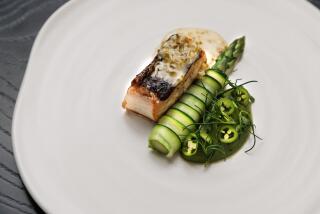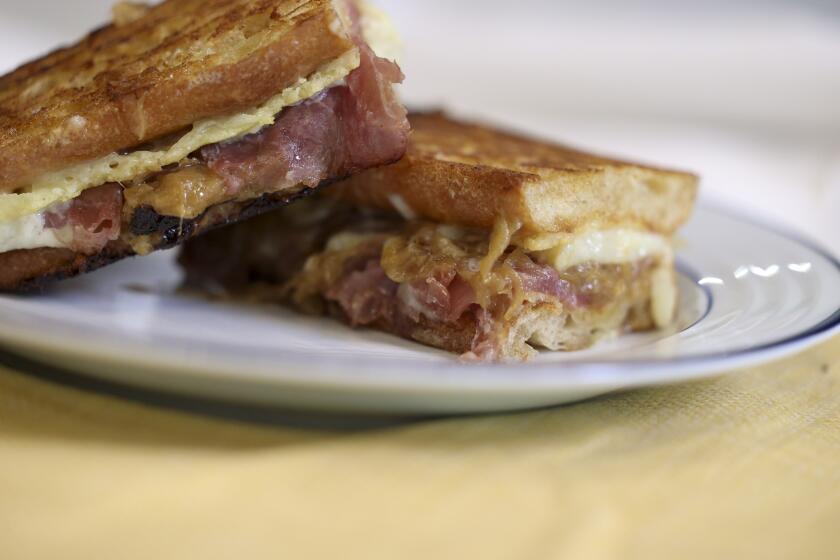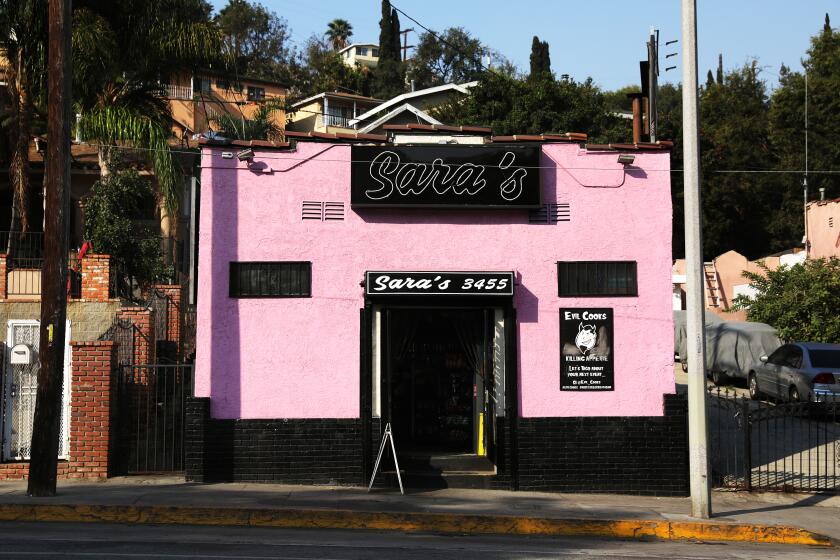Mezcal, the ‘moonshine of Mexico,’ grows in appreciation, availability
Terroir. Wild yeasts. Elevation. Who knew these terms could apply to mezcal as easily as to wine. In fact, “the vocabulary of mezcal is more like the vocabulary of wine than spirits,” explains Ron Cooper, the California artist who founded Del Maguey single-village mezcals 20 years ago when the beverage wasn’t on anybody’s radar.
“We’re talking about terroir, about mouth feel,” he says. “We’re talking about aroma, nose.”
He can go on for hours, recounting the long history of mezcal made in remote villages hours off dirt roads. For Cooper and a growing number of aficionados, mezcal is the very definition of artisanal spirit. Each maker has his signature style and recipe passed down for generations. Unlike tequila, mezcal doesn’t come from a gleaming factory but is made in small batches in primitive copper alembic and sometimes clay pot stills.
“Mezcal is the moonshine of Mexico,” says Raul Yrastorza of the dedicated downtown L.A. mezcal and tequila bar Las Perlas. “From glass to glass, it’s amazing.”
To make his point, Yrastorza offers a flight of four Del Maguey mezcals from four villages at four elevations, from 5,000 feet to 9,000 feet. “For every 300 feet you go in elevation, the more arid the soil, the more stressed the plant gets,” Yrastorza explains. “The wild microbes and yeasts in the air change, so the flavor profile is automatically going to be different. As the plant becomes more stressed, it develops more sugar and the distilled spirit has more complexity.”
The differences between the village mezcals are not subtle, and I stretch to find a vocabulary to describe their flamboyant flavors. I’m drawn to the complex warmth of the Chichicapa and the spice and smoke of San Luis del Rio. Yrastorza’s favorite is the last, from Santo Domingo Albarradas at 9,000 feet. It reminds him of a fine grappa.
Unlike tequila, which is always made from blue agave, mezcal can be made from 28 varieties of the plant, only four of which can be domesticated, though espedin agave is the one that can be cultivated most consistently.
Mezcal gets its characteristic smokiness from the piña, or heart of the plant, which is roasted for three to five days over hot stones in a pit covered with earth. According to Cooper, depending on the village, it’s either mashed in horse-turned stone mills or by men wielding heavy mallets. After fermenting with wild yeasts in wooden vats, the liquid is distilled in wood-fired clay or copper stills.
Tequila makers often steam-cook the agave to speed up the process. When it comes time to distill, that’s like starting with a boiled onion compared to a roasted caramelized onion, Cooper says. “It’s incredible how all the different little ancient technologies can change the flavor.”
Yrastorza pours a second flight of mezcals: Mezcal Vago Elote, Mezcal Tosba, Mezcales de Leyenda “Cupreata” and Mezcalero Release #7 from San Juan del Rio. The first is smooth as silk, infused with roasted corn after the second distillation and before an extra third. The Tosba is more assertive, with a long finish. And the Leyenda presents a wonderful complexity that can be untangled only over the course of an evening. The Mezcalero is sweet and alluring, a blend of three agaves, two of them wild.
At Las Perlas, shelves hold a collection of over 120 bottles. That’s more than twice as many as last year. New bottles are coming into the market all the time. Open four years now, this gem of a bar used to be one of the few places to stock more than a handful of labels. That’s beginning to change.
“None of this would have happened without Ron Cooper,” Yrastorza says. He says Cooper was the first to commercialize great artisanal mezcals. “There’s a saying: ‘You don’t find mezcal; mezcal finds you.’”
More to Read
Eat your way across L.A.
Get our weekly Tasting Notes newsletter for reviews, news and more.
You may occasionally receive promotional content from the Los Angeles Times.










